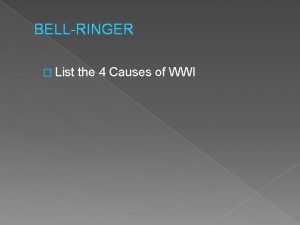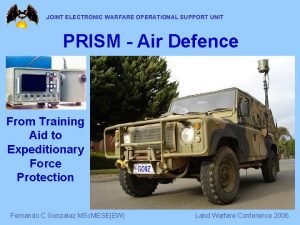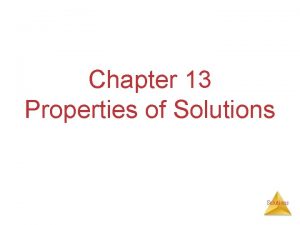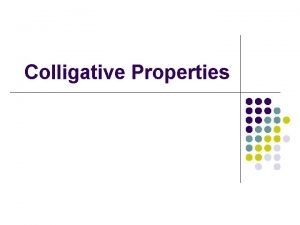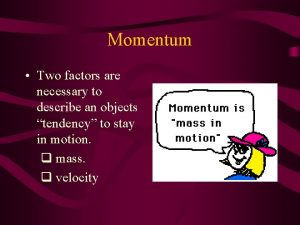Electronic Warfare Electronic Warfare EW Military forces depend








- Slides: 8

Electronic Warfare

Electronic Warfare (EW) Ø Military forces depend on electromagnetic (EM) spectrum for many applications including, but not limited to, communications, detection, identification, and targeting. Ø Control of EM spectrum is an essential and critical objective in the success of today’s military operations. Ø EW is any military action involving the use of the EM spectrum to include directed energy to control the EM spectrum or to attack an enemy. Ø Basically, the EW community takes as its job the degradation of radar capability. The radar community takes as its job the successful application of radar in spite of what the EW community does.

Electronic Warfare (EW) Ø Three major divisions of EW – electronic attack or electronic countermeasures (ECM), electronic protection or electronic countermeasures (ECCM) and electronic warfare support measures (ESM).

Electronic Countermeasures (ECM) Ø ECM is offensive action taken to prevent or reduce an enemy's effective use of the electromagnetic spectrum – degrade the effectiveness of electromagnetic systems. Ø Mechanical jamming (flares, chaffs, decoys), Electronic jamming and deception (Interference). Ø Effects of ECM: § denial of detection § operator confusion or deception § delay in detection or tracking initiation § tracking of an invalid target § overloading of computer (excessive number of targets) § denial of measurement of target position, range rate § target tracking loss § errors in values of target position, range rate

Electronic Counter-Countermeasures (ECCM) Ø ECCM involving actions taken to insure friendly effective use of the electromagnetic spectrum despite the enemy's use of electronic warfare. Ø ECCM effects: § prevention of receiver saturation § enhancement of signal-to-jamming ratio § directional interference discrimination § rejection of false targets § maintenance of target tracks § radar system survivability Ø Electronic ECCM and Operational ECCM. Ø Electromagnetic compatibility (EMC).

Electronic Warfare Support Measures (ESM) Ø ESM involve actions taken to search for, intercept, locate, record, and analyze radiated electromagnetic energy for the purpose of exploiting such radiations in the support of military operations. Ø Provides a source of electronic warfare information required to conduct ECMs, ECCMs, threat detection, warning, avoidance, target acquisition, and homing. Ø ESM is being confined to identification and location (including direction) of radiated signals. Ø ESM is based on the use of intercept or warning receivers. Ø Electronic intelligence (ELINT) and Communications intelligence (COMINT) – Signals Intelligence (SIGINT).

Electronic Warfare Support Measures (ESM) Ø ESM effects in support of ECM: § radiation characteristics of radars § angular position location of radars § identity, type, and purpose of radars § information for ECM/ARM (anti-radiation missile) employment § weapon targeting information Ø ESM effects in support of ECCM: § warning of possible hostile activity (alerting) § angular locations of hostile radars § information on radiation characteristics of jammers § information for ECCM selection § data for home on jam/track on jam (HOJ/TOJ) employment § weapon targeting information § information for weapon avoidance

Reference(s) (1) “Electronic Warfare”, United States Air Force Doctrine Document 2 -5. 1, November, 2002. (2) Stephen L Johnston, “Radar Electronic Countermeasures”, IEEE Transactions on Aerospace and Electronic Systems, Vol. AES-14, No. 1, January 1978. (3) Merrill Skolnik, Radar Handbook, Chapter 9 – Electronic Counter-countermeasures, Second Edition, ISBN-13: 9780070579132, January 1, 1990.
